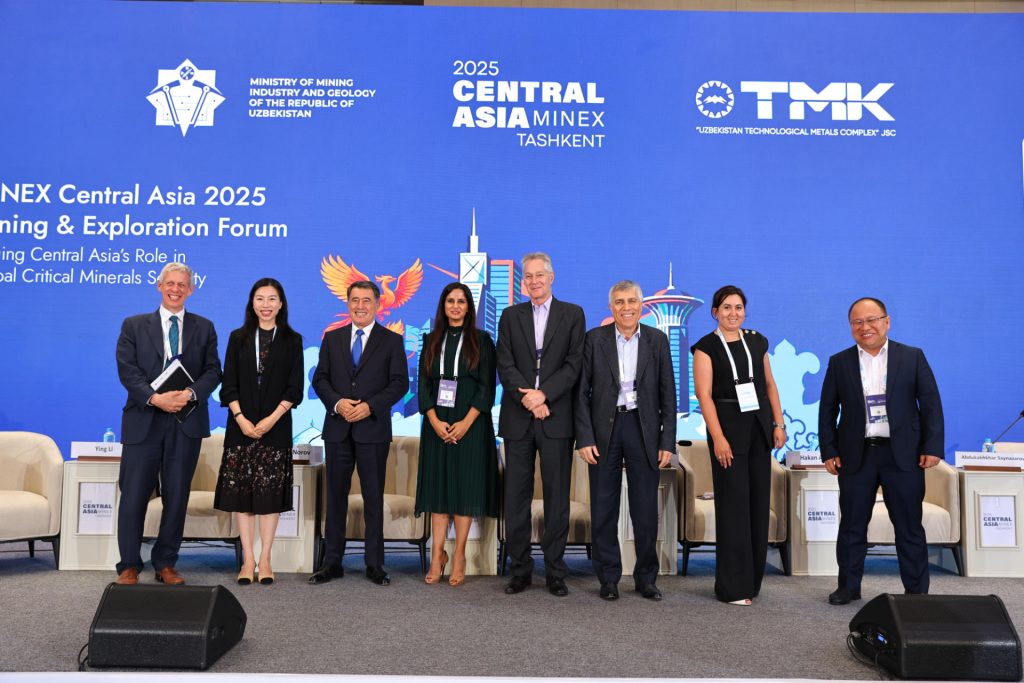Central Asia is positioned to become a reliable, investment-ready partner in the minerals and metals industry, but long-term stability and international credibility must be established beyond merely owning resources. Experts at this session discussed the needs of buyers, improvement of project development and certification, and the necessity for strategic adjustments in the midstream sector to align with market demands. The session also explored emerging models of buyer-supplier relationships, the importance of long-term agreements, and the critical role of international partnerships in securing Central Asia’s place in the clean energy transition.
Speakers highlighted global mining trends, with gold and copper remaining the primary exploration targets. Central Asia’s exploration budgets for these metals have risen alongside global prices, though producing new mines remains slow, with the average lead time from discovery to production lengthening to nearly 18 years. The region’s mines tend to have competitive operating costs, especially for gold, with certain Uzbek mines standing out for efficiency. However, both cost management and emission intensity remain ongoing challenges as the industry seeks to decarbonise.
Artificial intelligence (AI) was presented as a transformative solution for the sector, particularly in accelerating exploration, improving processing, and optimising logistics and supply chains. AI can reduce exploration times, cut costs, and improve the predictability and sustainability of extraction, but barriers such as limited regional expertise, data quality, infrastructure challenges, and limited investment capacity persist. Developing regional specialist training, adopting international standards, and fostering joint innovation hubs were all recommended to overcome these hurdles.
Responsible gold sourcing and transparent international supply chains were also discussed, with emphasis on meeting established standards, utilising digital tools like blockchain to enable tracking, and ensuring compliance from mine to market. Integration of technology and international best practice is seen as essential to maintain access to premium markets, especially as accountability and transparency expectations increase.
The discussion acknowledged the region’s potential for rare earth element extraction and opportunities to expand new processing facilities, aiming to add value locally rather than exporting raw materials. However, Central Asia faces tough competition from China, which dominates global processing and refining capacity. Experts stressed that to genuinely reduce dependency, local processing and refining must be developed in tandem with resource extraction.
Finally, speakers noted that Central Asia’s young population, reform agenda, and improving investment climate make it an increasingly attractive destination for international capital, particularly in critical minerals and technology-driven mining projects. Regional cooperation, robust legal frameworks, and public-private partnerships were highlighted as strategies for maximising opportunities and achieving sustainable, long-term growth.

